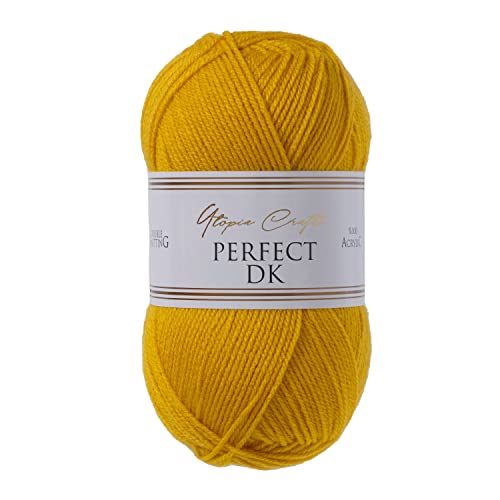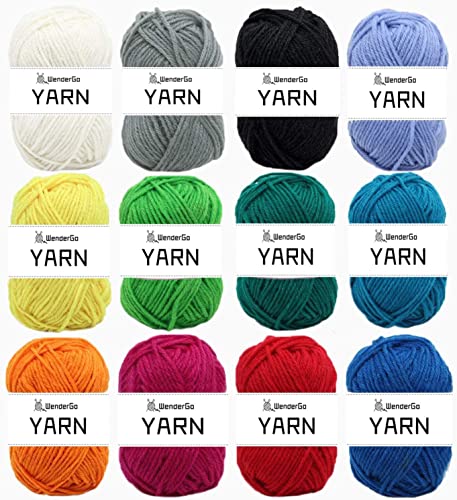Understanding Knitting Abbreviations: A Guide for Beginners
Knitting is a popular craft that involves creating fabric using yarn and knitting needles or a knitting loom. As with any craft, knitting has its own set of abbreviations and symbols that help knitters follow patterns and instructions more easily. These abbreviations can be confusing for beginners, but with a little practice, they can quickly become second nature. In this article, we will explore some common knitting abbreviations and what they mean.
Casting On: The First Step in Knitting
When starting a knitting project, you will usually begin by casting on stitches. This is the process of creating loops on your knitting needle to form the foundation row. One of the most common knitting abbreviations associated with casting on is CO, which stands for “cast on.” For example, if a pattern instructs you to “CO 20 stitches,” it means you should use your preferred cast-on method to create 20 loops on your needle.
Knitting Stitches: From Knit to Purl and Everything in Between
Knitting involves creating different types of stitches, such as knit (K) and purl (P). These two basic stitches form the backbone of most knitting projects. The abbreviation K stands for “knit,” while P stands for “purl.” If a pattern instructs you to “K2, P2” for a certain number of rows, it means you should knit two stitches, followed by purling two stitches, and repeat this pattern for the specified number of rows.
Other common knitting abbreviations related to stitches include:
- St(s): This abbreviation stands for “stitch(es).” For example, if a pattern says to “K10 sts,” it means you should knit 10 stitches.
- WS: This stands for “wrong side,” which refers to the side of the fabric that is not usually seen when wearing or displaying the knitted item. Instructions that mention the WS are specific to that side of the fabric.
- RS: This stands for “right side,” which refers to the side of the fabric that is intended to be seen when wearing or displaying the knitted item. Instructions that mention the RS are specific to that side of the fabric.
- YO: This stands for “yarn over” and is often used to create an additional stitch and an eyelet hole in the fabric. To yarn over, simply bring the yarn to the front (if you’re in the knit position) or to the back (if you’re in the purl position) and then continue with the next stitch as usual.
- Dec: This abbreviation stands for “decrease” and is used to reduce the number of stitches in a row. There are various types of decreases, such as knit-two-together (K2tog) and slip-slip-knit (SSK), each of which creates a different effect.
Finishing Techniques: Binding Off and Weaving in Ends
Once you have completed your knitting project, it’s time to finish it off. Two common knitting abbreviations associated with finishing techniques are BO and W&T.
BO stands for “bind off,” also known as “cast off.” This is the process of securing the stitches and creating a finished edge. To bind off, knit the first two stitches, then use the left needle to lift the first stitch over the second stitch and off the right needle. Continue this process until you reach the end of the row. Finally, cut the yarn and pull it through the last loop to secure it.
W&T stands for “wrap and turn” and is used in a technique called short rows. Short rows are used to create shaping or add visual interest to a project. To wrap and turn, you need to move the yarn to the opposite side of the work, slip the next stitch, bring the yarn back to the original side, and then turn the work to continue knitting in the opposite direction.
Mastering Knitting Abbreviations: Practice Makes Perfect
As you delve deeper into the world of knitting, you will encounter many more abbreviations and symbols. Each pattern may have its own unique set of instructions, so it’s essential to familiarize yourself with knitting abbreviations and their meanings. Keep a reference guide handy, or make use of online resources such as knitting websites and forums to help you decipher any unfamiliar abbreviations you come across.
Remember, knitting is a skill that improves with practice, and the more you knit, the more comfortable you will become with the language and abbreviations of the craft.






